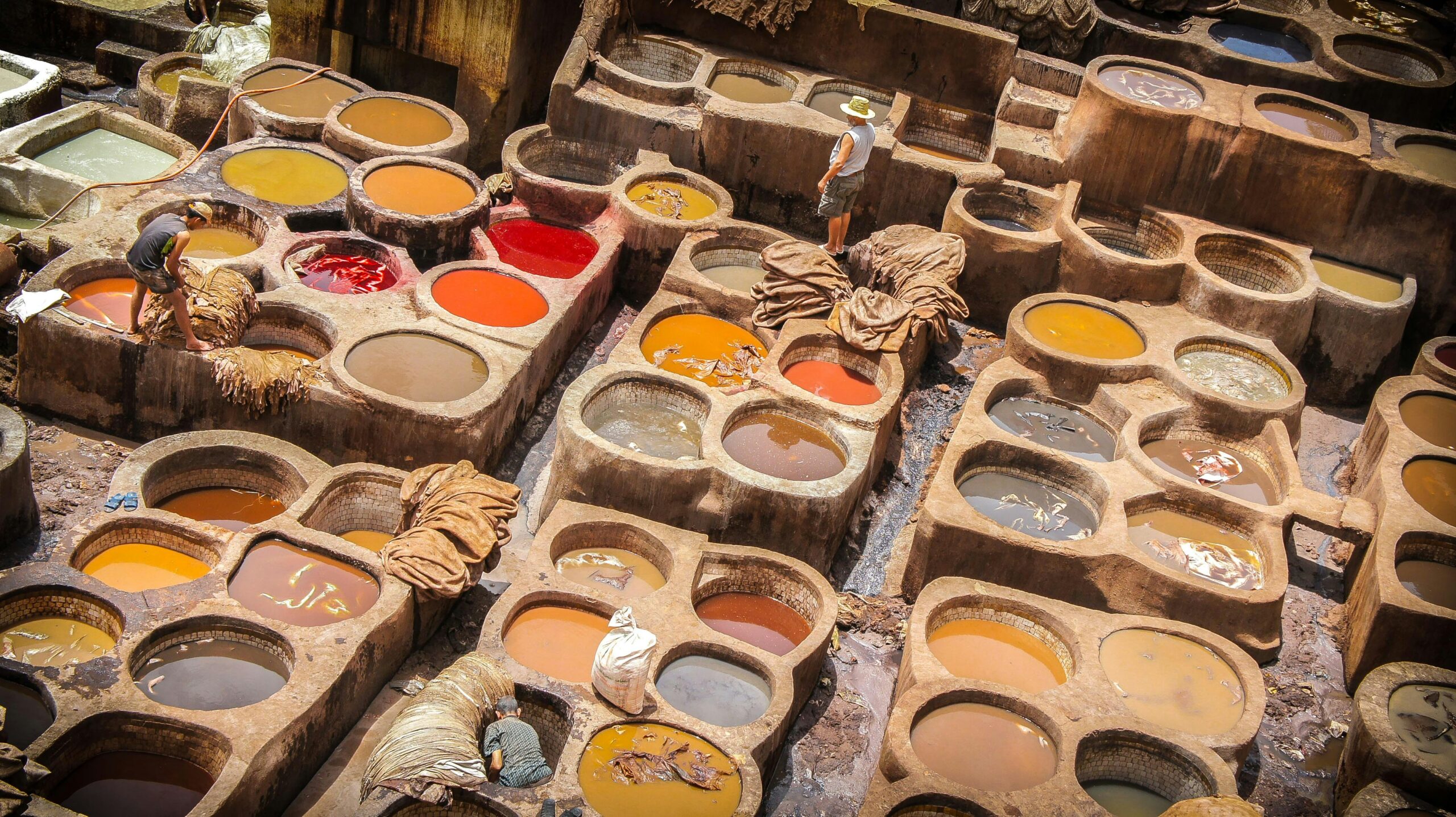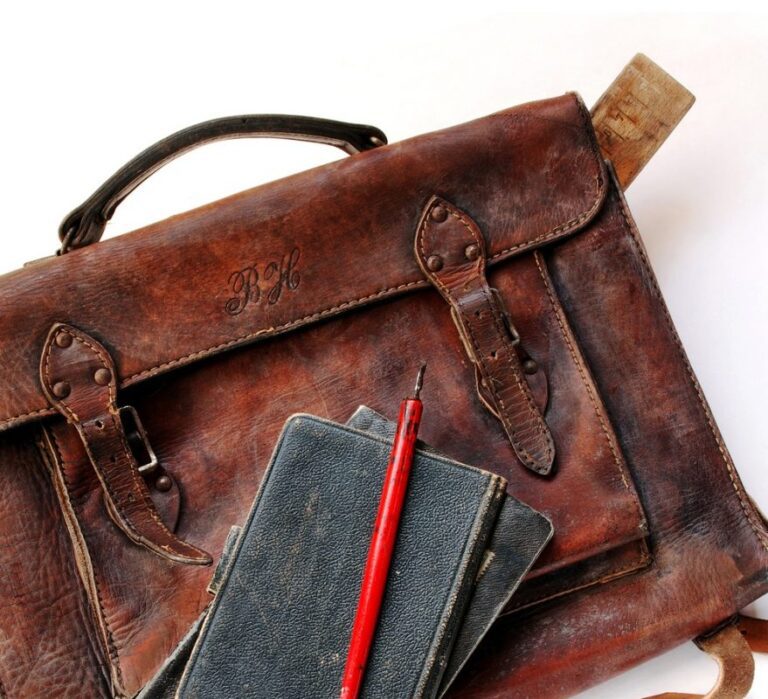Expert Advice: How to Get Scratches Out of Leather – A Comprehensive Guide
Addressing Leather Scratches
When it comes to leather goods, keeping them scratch-free can be challenging. Understanding the severity of the damage and taking immediate action can help you maintain the look of your leather jackets, bags, and other items.
Understanding Leather Damage Severity
Before diving into any repair methods, it’s essential to assess the severity of the leather damage. This allows you to determine whether you can handle the repair yourself or if professional help might be necessary.
| Damage Type | Description | Repair Method |
|---|---|---|
| Light Scratches | Minor surface scratches, small scuffs, slight discoloration | DIY methods |
| Deep Scratches | Visible deep lines or gouges, affecting the leather’s integrity | Professional repair |
| Large Tears | Significant rips or tears in the leather fabric | Professional repair |
| Severe Discoloration | Major color fading or staining | Professional repair |
Understanding the different types of damages ensures you make an informed decision on how to proceed (Eiken Shop).
Quick Actions for Leather Scratch Repair
Addressing scratches on leather quickly can prevent the damage from worsening. Here are some immediate steps you can take:
Assess the Scratch: Identify if the scratch is light or deep. Light scratches are often superficial and easier to fix.
Clean the Area: Use a soft cloth dampened with warm water to gently clean the scratched area. Avoid using wipes with alcohol, fragrances, or dyes as these can damage the leather further (Moonster Leather Products).
Apply Leather Conditioner: For light scratches, a quality leather oil or conditioner can help minimize their appearance by moisturizing and rejuvenating the leather. Ensure you test the product on a hidden area first to check compatibility.
| Immediate Action | Purpose |
|---|---|
| Assess Scratch | Determine repair method |
| Clean Area | Remove dirt and prepare surface |
| Apply Conditioner | Moisturize and rejuvenate leather |
Taking these quick actions can make a significant difference in maintaining the appearance of your leather goods. For more detailed methods on repairing light scratches, check out our section on DIY Methods for Light Scratches.
By understanding and addressing the severity of leather scratches promptly, you can ensure that your leather jacket remains in top-notch condition. If you face more complex issues like large tears or severe discoloration, consider seeking professional repair services to achieve the best results.
Types of Leather Scratches
Understanding the different types of leather scratches is crucial for selecting the most effective repair method. Scratches on leather can range from minor surface marks to deeper gouges that penetrate the material’s structure. Below, we break down three common types of leather scratches: surface scratches, deep scratches, and gouges.
Surface Scratches
Surface scratches are minor blemishes that affect only the top layer of your leather item. These scratches are usually the result of everyday wear and tear or accidental scuffs. While they don’t penetrate deep into the leather, they can make your leather jacket appear worn out.
| Surface Scratch Characteristics | Details |
|---|---|
| Depth | Superficial, affecting only the surface layer |
| Cause | Everyday use, minor scuffs |
| Repair Difficulty | Easy |
| Recommended Methods | Leather oil, conditioner, or colorless shoe polish |
For light scratches, using leather oil or conditioner can help rejuvenate the leather and diminish the appearance of scratches. Products should always be tested for compatibility to avoid further damage.
Deep Scratches
Deep scratches are more severe than surface scratches and penetrate into the deeper layers of the leather. These scratches often result from contact with sharp objects or excessive stress. Deep scratches require more attention and may need advanced repair techniques to fully restore the leather.
| Deep Scratch Characteristics | Details |
|---|---|
| Depth | Penetrates into deeper layers of leather |
| Cause | Sharp objects, excessive stress |
| Repair Difficulty | Moderate |
| Recommended Methods | Leather cleaners, distilled white vinegar, and olive oil |
For a more thorough approach, consider using specialized leather cleaners and distilled white vinegar. These products can help clean the affected area and prepare it for further treatment with colorless shoe polish or olive oil.
Gouges
Gouges are the most severe type of damage you might encounter on leather. These involve tears or punctures that go all the way through the leather material, significantly compromising its structure. Gouges often require professional repair services to restore the leather to its original state.
| Gouge Characteristics | Details |
|---|---|
| Depth | Penetrates through the entire material |
| Cause | Excessive force, sharp objects |
| Repair Difficulty | Difficult |
| Recommended Methods | Professional repair, patching, stitching |
Addressing gouges often involves intricate techniques such as patching and stitching. It’s advisable to seek professional help for such severe damage, as improper handling may worsen the issue.
Understanding the specifics of these types of scratches will help you decide the best course of action. For more on maintaining your leather items, check out our article on proper storage practices and common mistakes to avoid.
DIY Methods for Light Scratches
Light scratches on leather can be treated with easily accessible items. Below, you’ll find practical advice on using leather oil or conditioner and tips on testing product compatibility.
Using Leather Oil or Conditioner
To address light scratches on your leather jacket, use leather oil or conditioner. These products help rejuvenate the leather and diminish the visibility of minor scratches. Here’s a step-by-step guide:
Steps for Application:
- Apply a small amount of leather oil or conditioner onto a soft cloth.
- Gently massage the product into the scratched area using circular motions.
- Allow the leather to absorb the product overnight.
- Wipe off any excess residue the next day.
This method works well for leather jackets, bags, and other leather items.
| Product | Application Method | Time Needed |
|---|---|---|
| Leather Oil | Applied with soft cloth | Overnight |
| Leather Conditioner | Circular motions | Overnight |
References: MAHI Leather, Eiken Shop
Testing Product Compatibility
Before applying any product to your leather, it’s essential to test its compatibility. This ensures the product does not alter the leather’s color or texture. Here’s how to do it:
Steps for Testing:
- Select a small, inconspicuous area of the leather.
- Apply a tiny amount of the product onto this area using a clean cloth.
- Wait for several hours to see if there’s any adverse reaction, such as discoloration or texture changes.
By following this method, you can safely use leather oil, conditioner, or even Vaseline to mend light scratches.
For more information on maintaining your leather items and avoiding common mistakes, check out our articles on why does leather crack and peel and how to wash leather jacket.
Advanced Repair Techniques
Leather Cleaners and Distilled White Vinegar
For deeper scratches on leather, cleaning the affected area with leather cleaner and distilled white vinegar can help to reduce their visibility. Here’s a step-by-step guide to follow:
- Clean the Area: Use a recommended leather cleaner to wipe down the scratched area. This removes any dirt or oils that could interfere with the repair process.
- Apply Distilled White Vinegar: Dab a small amount of distilled white vinegar onto a soft cloth. Gently rub the vinegar onto the scratch. The vinegar helps to soften the leather and make the scratch less prominent.
- Buff with a Soft Cloth: After applying the vinegar, use a clean, dry cloth to buff the area. This can help the vinegar penetrate deeper into the leather for better results.
If scratches are still visible, you might want to try a product like Perfect Gel from Leather Spa.
Colorless Shoe Polish and Olive Oil
Using colorless shoe polish and olive oil offers another effective method for reducing the visibility of scratches on leather. Follow these steps:
- Prepare the Scratch: Clean the scratch with a leather cleaner as outlined above.
- Apply White Vinegar: Using a soft cloth, gently dab distilled white vinegar onto the scratched area.
- Apply Colorless Shoe Polish: Rub a small amount of colorless shoe polish into the scratch. This polish helps to cover the scratch and restore some of the leather’s original color.
- Buff the Area: Use a clean cloth to buff the area, ensuring the polish is evenly distributed.
- Use Olive Oil: If the scratch remains visible, apply a small amount of olive oil to a cloth and gently rub it into the scratch. The oil helps to condition the leather and can further reduce the appearance of the scratch.
- Additional Buffing: Finish by buffing the area with a clean, dry cloth to restore the leather’s luster.
Leather can be subjected to scratches from various factors such as sharp objects, excessive moisture, and sunlight. A combination of leather cream, shoe polish, wax polish, toothpaste, WD-40, vinegar, or a toothbrush can also be used to tackle scratches (Vintage Leather Store). For more detailed methods and products, see our articles on how to get scratches out of leather shoes and how to get oil out of leather shoes.
| Product | Purpose | Application Method |
|---|---|---|
| Leather Cleaner | Remove dirt and oils | Apply with cloth, wipe off |
| Distilled White Vinegar | Soften leather, reduce appearance of scratch | Dab onto scratch, buff with cloth |
| Colorless Shoe Polish | Cover scratch, restore color | Rub into scratch, buff |
| Olive Oil | Condition leather, reduce appearance of scratch | Apply with cloth, buff |
Understanding these advanced repair techniques allows you to effectively manage and restore the appearance of your leather items. For ongoing care and to avoid further damage, refer to our prevention and maintenance tips and discover why leather cracks and peels.
Specific Leather Types
Understanding how to care for different types of leather is essential when it comes to repairing scratches. This section focuses on the specific needs of suede, nubuck, aniline, pull-up, and patent leather.
Suede and Nubuck Care
Suede and nubuck are types of leather that require special attention due to their delicate nature. These leathers have a soft, velvety texture and are prone to stains and scratches.
- Avoid getting suede or nubuck wet: Moisture can damage these types of leather. Use a pencil eraser to remove dirt and follow up with a soft wire brush or toothbrush to buff the area, making scratches less noticeable (MAHI Leather).
- Apply a suede conditioner: After cleaning, use a conditioner specifically designed for suede or nubuck to maintain the leather’s softness and prevent further damage.
| Action | Tool/Material | Instructions |
|---|---|---|
| Removing dirt | Pencil eraser, Soft wire brush, Toothbrush | Gently erase dirt and buff with the brush. |
| Conditioning | Suede/Nubuck conditioner | Apply sparingly to maintain leather softness. |
Aniline, Pull-up, and Patent Leather
Aniline, pull-up, and patent leather each have distinct characteristics that require specific care methods to address scratches and maintain their quality.
Aniline Leather: This type of leather is dyed without a protective topcoat, making it more susceptible to visible scratches (Eiken Shop). For scratch repair:
Use a soft cloth to gently clean the area.
Regularly condition the leather to keep it supple and less prone to damage.
Pull-up Leather: Known for its natural oils, pull-up leather lightens when stretched or scratched. To address scratches:
Apply a small amount of leather conditioner or oil to restore the leather’s color and finish.
Patent Leather: Characterized by its glossy finish, patent leather is less prone to deep scratches but may suffer from superficial marks.
To clean surface scratches, use a cloth dampened with warm water or a baby wipe, applying gentle pressure (Moonster Leather Products).
| Leather Type | Cleaning Method | Conditioning |
|---|---|---|
| Aniline | Soft cloth | Leather conditioner |
| Pull-up | Leather conditioner/oil | Regular oiling |
| Patent | Warm water cloth/Baby wipe | Not typically needed |
Taking the right steps to care for each type of leather will not only help in repairing scratches but also extend the lifespan of your leather products. For more information on how to address specific issues like stains or odors, check out our other guides on how to get scuffs out of leather shoes and how to remove odor from leather chair.
Prevention and Maintenance Tips
Maintaining the pristine condition of your leather items, such as jackets, requires proper care and attention. Here are valuable tips to prevent scratches and ensure longevity.
Proper Storage Practices
Storing leather items appropriately can significantly reduce the risk of scratches and prolong their lifespan. Follow these practices for effective storage:
- Cool, Dry Place: Store your leather jackets in a cool, dry place. Avoid exposure to direct sunlight, excessive heat, and humidity, as these can damage the leather (Craftisian).
- Avoid Overcrowding: Hang your leather jackets on padded hangers to maintain their shape and prevent creases. Ensure items are not overcrowded to avoid friction that could cause scratches.
- Use Garment Bags: Cover your leather jacket with a breathable garment bag to protect it from dust and potential scratches while stored.
Common Mistakes to Avoid
Certain practices can inadvertently cause damage to your leather items. Here are common mistakes to avoid:
- Overcleaning: Excessive cleaning can strip the leather of its natural oils, making it more susceptible to scratches. Clean only when necessary and use appropriate products.
- Improper Product Use: Test all cleaning and conditioning products on a small, inconspicuous area before applying them widely to ensure compatibility and avoid damage (Eiken Shop).
- Ignoring Spills: Address spills immediately to prevent stains. Use a damp cloth to blot (not rub) the area and let it dry naturally.
- Direct Heat: Avoid using direct heat sources like hair dryers to dry wet leather. Instead, let it air dry at room temperature to maintain its integrity.
- Improper Handling: Handle leather items with clean hands to prevent transferring oils and dirt that can cause discoloration and damage.
By adhering to these prevention and maintenance tips, you can keep your leather jackets in excellent condition and reduce the likelihood of scratches. For more information on maintaining your leather items, check out our articles on how to wash leather jacket and how to soften hard leather jacket.







